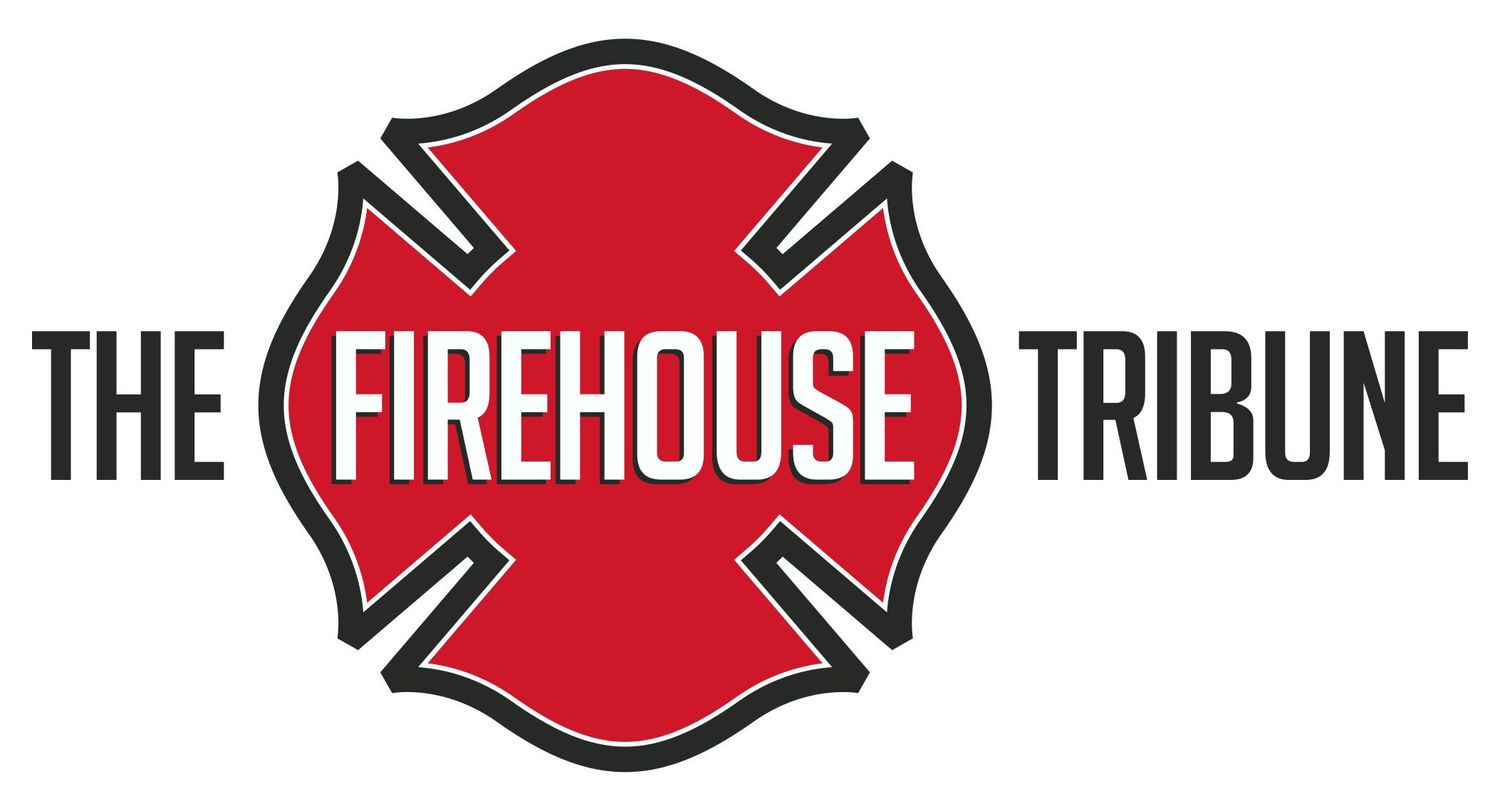The Lost Art of Drafting
A very undervalued and often forgotten skill in the fire service - drafting.
Drafting water with a fire engine involves drawing water from a static source—like a pond, lake, river, or portable tank—into the fire engine's pump so it can be used for firefighting operations. This process is used when there is no nearby hydrant or pressurized water supply. Unlike hydrants, which supply pressurized water, static sources require firefighters to create suction using a pump to pull the water into the apparatus. This is typically done using hard suction hoses and a priming pump to remove air from the system and allow atmospheric pressure to push water into the pump. Drafting is especially common in rural or remote areas where hydrants are unavailable, and it's a critical skill for maintaining water supply during extended fire operations.
In many parts of the country, hydrants are everywhere or being added into communities as more towns are over developing their land and turning small rural and suburban towns into mini metropolis areas causing for over population and high strain on many small and volunteer fire departments. Due to this, the importance or need to understand the art of drafting water has seemingly been becoming an old, antiquated style of water supply. Regardless of that, there are still times when drafting is needed based on the demographics and anomalies, fire departments should think about.
The National Fire Protection Association (NFPA) recommends a minimum flow rate of 150 gallons of water per minute from a single hose line to effectively fight a fire. However, most structure fires require multiple lines, with total water flow often ranging from 300 to 1,000 gallons per minute or more. Given that a typical fire engine carries only 750 to 1,000 gallons of water, this supply can be exhausted in as little as 5 to 7 minutes—or even faster when higher flow rates are needed. This means that firefighters must quickly establish a continuous water source by connecting to a hydrant within minutes of arrival. In areas without hydrant access, additional engines or water tankers must be dispatched immediately to maintain an adequate water supply. The urgency of securing water underscores the importance of pre-planning, mutual aid agreements, and rapid response to prevent fire spread and structural loss.
Basic Drafting Steps:
Position Engine close to water on stable ground. Position the engine as close as safely possible to the water source. By positioning the engine close to the water source, it will minimize the length of the suction hose needed.
Connect Hard Suction Hose with strainer to pump intake.
Submerge Hose fully in water, free from debris or air.
Prime the Pump to create vacuum, allowing atmospheric pressure to push water into the hose and initiate water flow. Priming the pump activates the pump to remove air from the system, creating a vacuum that allows atmospheric pressure to push water into the pump. This is done by use of the primer pump either manual or automatic.
Start Pumping, monitor pressure, and operate attack lines. Once the pump is primed and water is flowing, you can increase the throttle to build pressure. The water is now available to be discharged through attack lines or transferred to another apparatus. Open the discharge valve slowly to allow water to flow through the system. Monitor pressure gauges to ensure stable operation.
Side note: If using portable tanks, ensure they are replenished as needed to maintain an adequate water supply.
Key Considerations:
Max lift height is ~25 feet due to atmospheric pressure.
Leaks or air in the hose will prevent drafting.
Water quality (debris, mud, ice) can disrupt operation.
Why It Still Matters:
Despite increasing hydrant availability, drafting is still crucial for departments facing rural response, wildland fires, or extended operations. It’s a skill that should not be forgotten, especially given the increasing strain on small and volunteer departments.
Until next time - work hard, stay safe & live inspired.
















